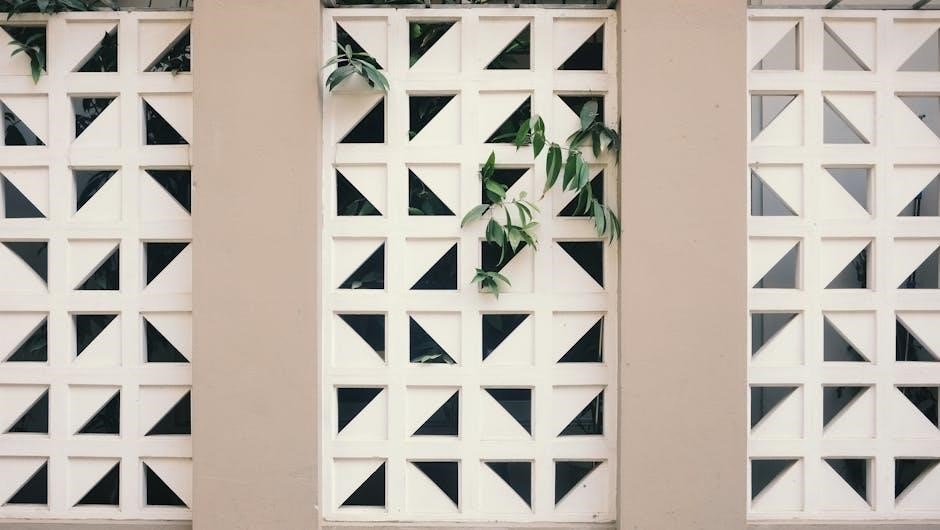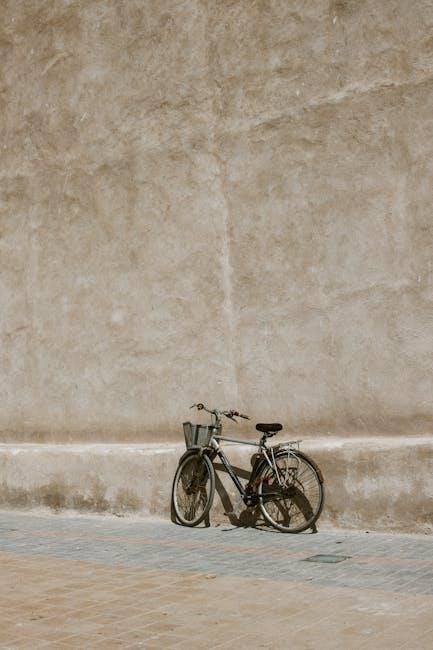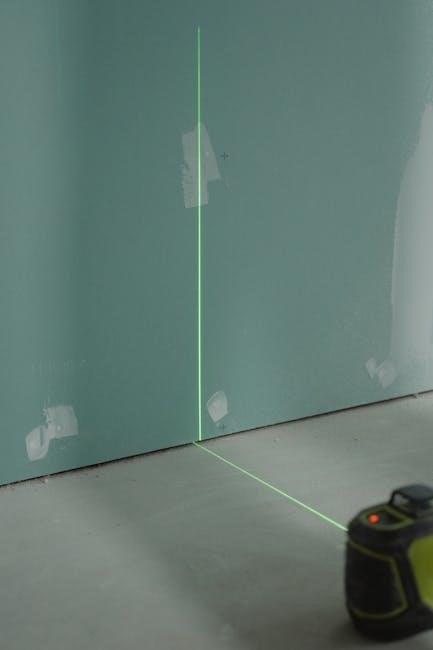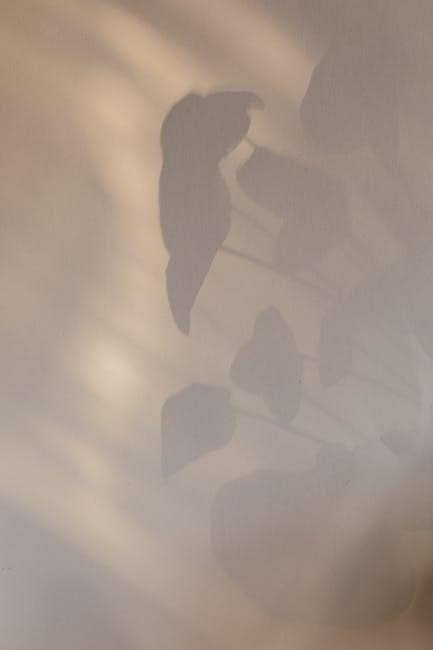Overview of Sleeper Retaining Walls
A sleeper retaining wall is a type of wall used to retain soil and prevent erosion, typically constructed using sleepers, which are horizontal beams, and posts, that provide structural support. The wall is designed to withstand the pressure of the retained soil and any other external forces. The sleepers are usually made of timber or other materials, and are spaced at regular intervals to provide a solid base for the wall. The posts are typically made of steel or timber, and are driven into the ground to provide anchorage for the wall. The sleeper retaining wall is a popular choice for garden walls, landscaping projects, and other applications where a retaining wall is required. The wall can be constructed to varying heights and lengths, depending on the specific requirements of the project. The design and construction of a sleeper retaining wall requires careful consideration of factors such as soil type, drainage, and loading. By using a sleeper retaining wall, it is possible to create a stable and durable structure that can withstand a range of environmental conditions. The use of sleeper retaining walls is a common practice in construction and landscaping projects.

Design Considerations for Sleeper Retaining Walls
Key Points for Stability and Construction
The wall’s design should take into account the soil’s properties, such as its density, cohesion, and friction angle, to ensure the wall’s stability and prevent failure, with HTML elements like paragraphs and headings used to structure the content in a clear and readable manner.Overall, the key points for stability and construction of a sleeper retaining wall involve careful planning, design, and execution to ensure a safe and long-lasting structure, with HTML used to present the information in a clear and organized way.

Materials and Construction Methods for Sleeper Retaining Walls
Timber sleepers and steel posts are commonly used materials for constructing sleeper retaining walls effectively online always.
Alternative Materials and Methods
Alternative materials and methods are available for constructing sleeper retaining walls, including the use of concrete sleepers, brick, and stone. These materials can provide a different aesthetic and durability compared to traditional timber sleepers. The construction method may also vary, with some methods involving the use of interlocking blocks or panels. Additionally, the use of geogrids or geotextiles can provide added stability and reinforcement to the retaining wall. Other alternative methods include the use of gabions, which are wire baskets filled with rock or soil, and modular block systems. These alternative materials and methods can offer advantages such as increased strength, durability, and sustainability, and can be used to construct retaining walls in a variety of settings, including residential, commercial, and industrial applications. The choice of alternative material or method will depend on the specific requirements of the project, including the height and length of the wall, the type of soil, and the desired appearance.

Design Details for a Retaining Wall with Timber Sleepers and Steel Posts
Wall Height and Sleeper Length Considerations
Using Sleeper Walls in Design and Construction
Step-by-Step Process for Designing a Concrete Sleeper Wall
The process of designing a concrete sleeper wall involves several steps, starting with determining the wall’s height and length, and selecting the appropriate materials, including the type of concrete and steel reinforcement.
Using specialized software, such as Structural Toolkit, can facilitate the design process, allowing designers to input parameters and generate detailed designs and calculations.
The design should take into account the soil conditions, including the type of soil and its bearing capacity, as well as any external loads, such as water or earth pressure.
A thorough analysis of the design should be conducted to ensure that the wall is stable and can withstand various loads and conditions.
The final design should include detailed drawings and specifications, including the layout, materials, and construction methods, to ensure that the wall is built correctly and safely.
By following this step-by-step process, designers can create a well-designed concrete sleeper wall that meets the required standards and regulations. Overall, the design process requires careful consideration of various factors to ensure the wall’s stability and safety.

Engineering Judgement and Retained Soil Cohesion
Engineering judgement plays a crucial role in determining the cohesion of retained soils in sleeper retaining wall design, as it affects the calculation of active earth pressure.
The cohesion of retained soils should be carefully evaluated, taking into account factors such as soil type, moisture content, and density. A thorough understanding of soil mechanics and geotechnical engineering principles is necessary to make informed decisions about retained soil cohesion.
The design guide should provide guidance on how to evaluate retained soil cohesion and apply engineering judgement to ensure the stability and safety of the sleeper retaining wall.
By considering the complexities of retained soil cohesion, engineers can design walls that are more efficient and effective, while also ensuring the safety of people and structures nearby. Overall, engineering judgement and retained soil cohesion are critical components of sleeper retaining wall design.
